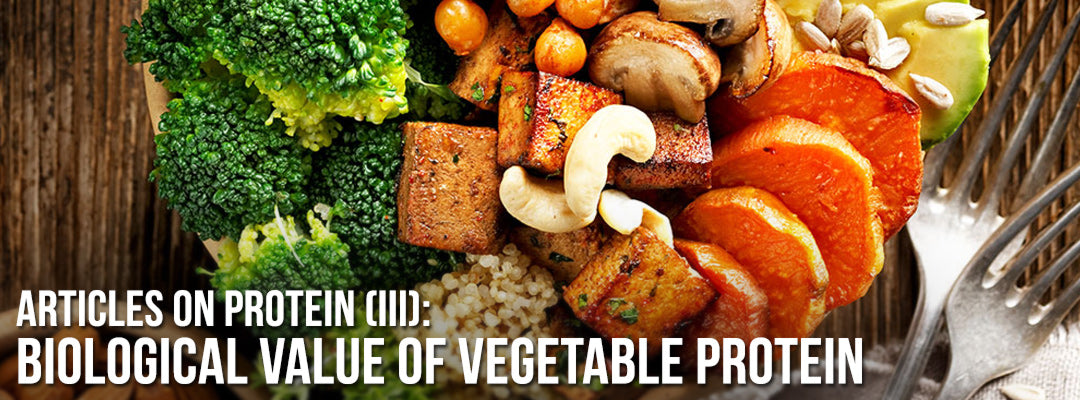Nowadays there are more people who because ideology, customs, need or even lack of information, try to limit the consumption of animal protein, well, in this article I try to expose some of the most important reasons to take into account, finishing with some examples of foods that currently are very fashionable to replace this protein of animal origin.
I would like to point out before starting that the United Nations Organization, for food and agriculture (FAO), has warned of the need to reduce meat consumption for the sustainability of the planet's resources. On the other hand, more intestinal problems are reflected by the abuse of it, so there are several factors to consider in order to rethink what we eat and how we do it.
The fact that should prevail and that we must take into account, is the concept of biological value, which is the amount of essential amino acids that a protein content contributes with in terms of the needs of the human organism; the greater its biological value, the more complete is the supply of amino acids.
The second thing to keep in mind is that many of the food of vegetal origin have enough additional content in another macronutrient, the carbohydrate, and this makes the contribution of these foods, in most cases, much higher; so we should pay special attention to the balance between the contribution of the amount of protein we want and the rest of the nutritional effects of these foods.
Therefore, taking into account all these concepts, we are going to give some examples of foods that are being used to replace those from animal origin, some of them quite new and others already known for a long time:
- Legumes: between 21 and 26g of protein per 100g of food, of high biological value but limited in methionine, it would be perfect to combine them with a cereal or pseudocereal for its perfect complementation. VB = 50
- Cereals: here we include foods such as flax seeds, oats, bran, etc ... whose protein contribution per 100g is between 15 and 17g, as we see much more reduced than that from legumes, and whose biological value is quite small . Good complementation with legumes. VB < 50
- Eggs: Very high biological value and one of the most complete foods that exist and with the highest bioavailability (capacity of our body to absorb and digest it). It contains 15g of protein per 100g of food and only 0.34g of hydrates. VB = 100
- Insects: high biological value and low content of fats and carbohydrates; 15-21g of protein per 100g of food. Nowadays a very good alternative for anyone who dares to try it and incorporate it into their conventional diet. VB = 80
- Dairy derivatives: high biological value, we have numerous alternatives in the market but usually that protein contribution is reduced except for some varieties of cheese; Normally milk or yogurt range between 3-6g of protein per 100g of food. The problem with dairy products, especially cow ones, is the tendency to generate intolerances that is happening in recent years due to poor management of them. VB = 85
- Land snail: rich in proteins of high biological value, and reduced in fat and carbohydrates; very important to know the origin of the same, since there are usually many incidents of indigestion for this reason. 16g of protein in 100g of food. VB = 80

